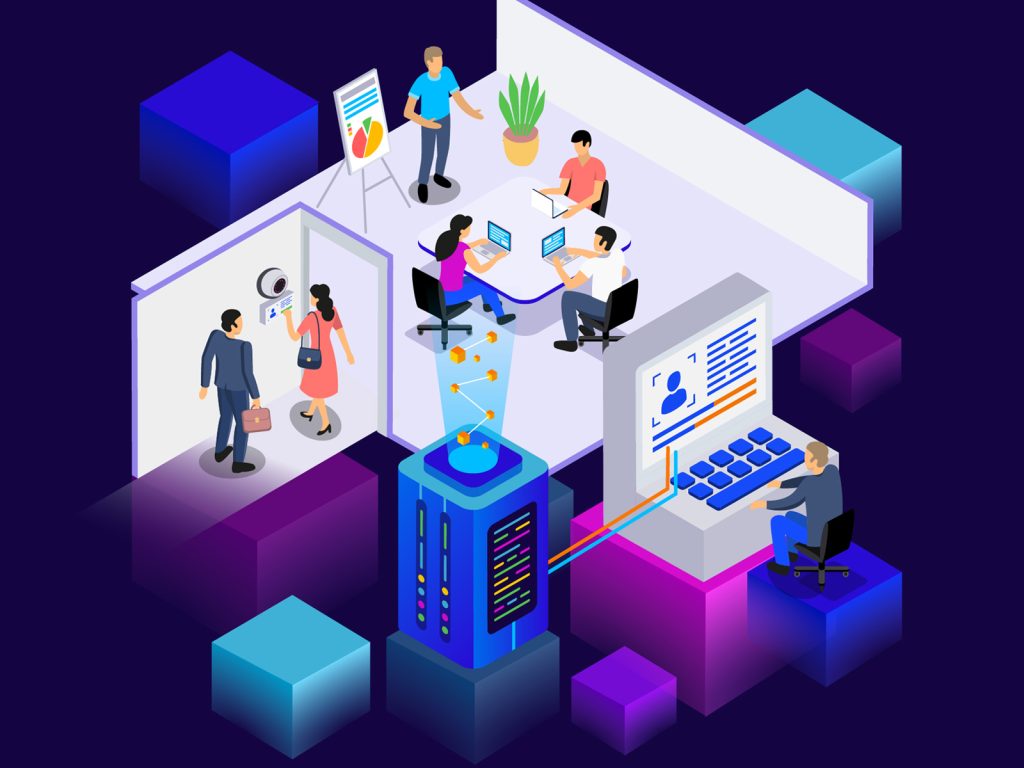
In an era dominated by innovation and digital transformation, traditional business models may seem outdated. However, many of these established frameworks have stood the test of time, offering stability, scalability, and long-term growth potential. While newer models often capture attention, understanding the value of traditional business structures remains important for both entrepreneurs and established businesses alike.
Michael Shvartsman, an experienced business leader, emphasizes that traditional models, when applied thoughtfully, provide a strong foundation for navigating modern challenges. “These business models, while sometimes viewed as old-fashioned, still hold relevance,” he says. “They offer a proven structure that can be adapted to fit today’s dynamic markets.”
Types of Traditional Business Models
- The Product-Based Model
At its core, the product-based business model revolves around producing goods and selling them directly to customers. This model focuses on delivering tangible value through:
- physical products,
- retail stores,
- wholesalers,
- or direct-to-consumer platforms.
Michael Shvartsman explains, “The product-based model works because it’s straightforward. You manufacture, distribute, and sell—simple mechanics that allow businesses to focus on improving their offerings and building customer loyalty.”
In the modern landscape, many companies using this model have evolved by incorporating e-commerce and direct online sales, which makes reaching consumers faster and more efficient. Though the distribution methods have changed, the basic principles of product manufacturing and sales remain consistent.
- The Service-Based Model
The service-based business model is built around providing intangible offerings. This can include anything from legal advice and consultancy to healthcare services or digital marketing solutions. The focus is on delivering expertise, skills, or specialized knowledge rather than a physical product.
According to Michael Shvartsman, the success of this model is driven by the quality of the service provided: “Reputation and relationships are key. Service-based businesses grow by building trust with their clients, often relying on long-term partnerships and customer satisfaction as their competitive advantage.”
Many service-based businesses have adopted digital tools and platforms to expand their reach. However, the core remains in offering valuable solutions to customer problems, often on a one-to-one basis.
- The Franchise Model
Franchising is a model where a business owner (the franchisor) licenses their business operations, products, branding, and marketing methods to franchisees, who operate under the established name. This allows for rapid expansion with limited financial risk to the franchisor.
Michael Shvartsman views the franchise model as one of the most scalable traditional frameworks: “It allows businesses to grow without taking on all the burden of new locations or markets. Franchisees are motivated to succeed since they have a stake in the business, and this drives growth.”
The franchise model remains popular in industries like food and beverages, retail, and hospitality, where replicating a successful concept across multiple locations can lead to significant growth.
- The Subscription Model
Though it has gained recent popularity through digital platforms, the subscription model has long been a staple of traditional business, particularly in industries like publishing, telecoms, and utilities. Customers pay on a recurring basis for continuous access to a service or product, ensuring steady cash flow and customer loyalty.
Michael Shvartsman notes, “The subscription model provides businesses with predictable revenue, which is invaluable for planning and growth. It also builds long-term relationships with customers, which is always a plus in a competitive market.”
While digital companies have reinvented this model for software, media, and entertainment, the principles of regular, repeatable business have been in use for decades.
- The Retail Model
Retail is one of the oldest and most widely recognized business models. Retailers buy goods from manufacturers or wholesalers and sell them directly to consumers at a markup. This model thrives on consumer demand, location, and the ability to manage inventory and customer service efficiently.
Though e-commerce has introduced new channels, physical retail stores remain a key component of many businesses’ strategies. According to Michael Shvartsman, “The retail model, when executed well, can create strong customer relationships. Retailers have the advantage of being where consumers physically are, which allows for a more personal connection.”

This model continues to adapt to the digital age with the rise of hybrid approaches like “click-and-collect,” where customers purchase online but pick up items in-store, blending the convenience of digital shopping with the tangible benefits of brick-and-mortar locations.
